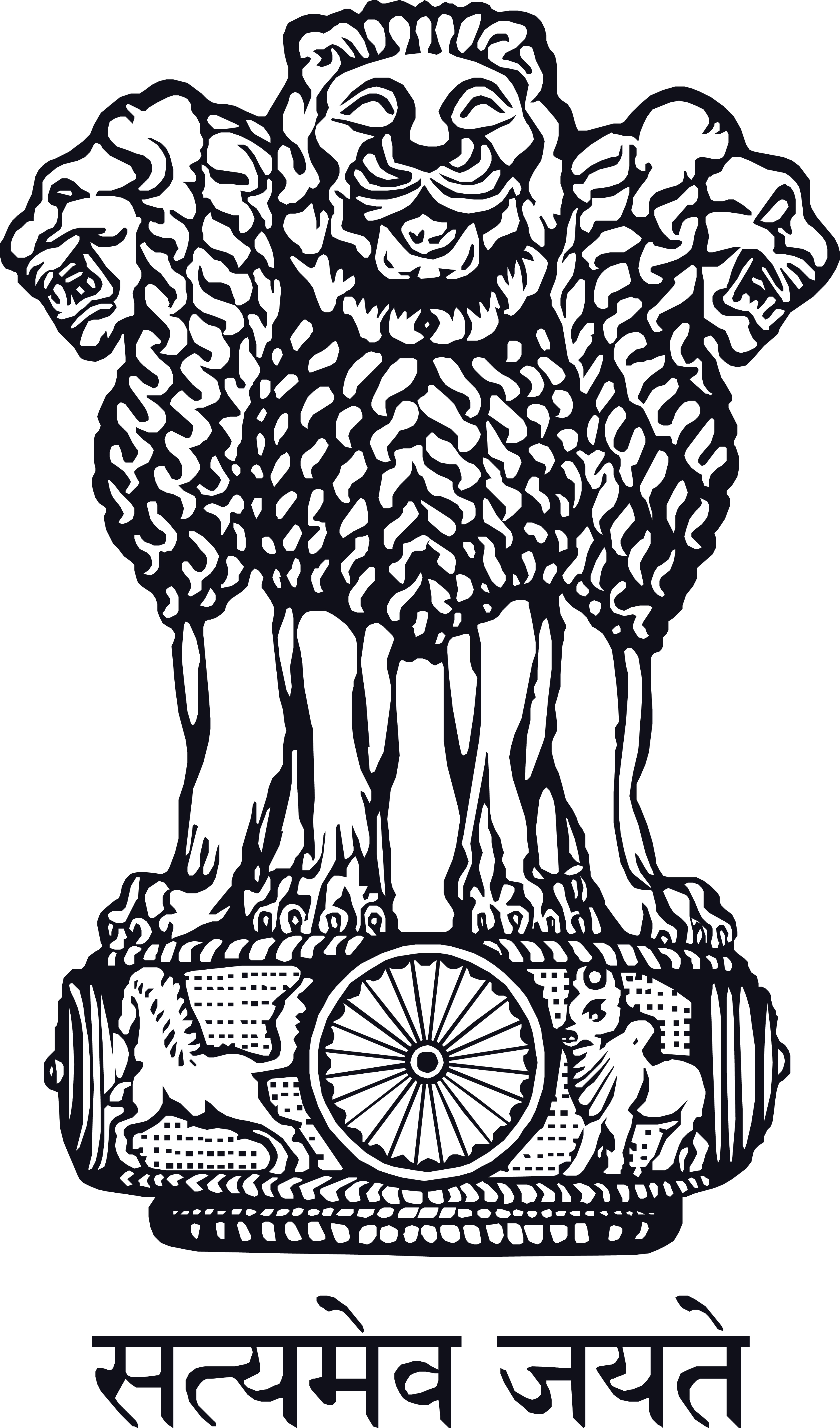Tradition of Yoga
Depiction of yoga postures on the Sculpture found in excavation of Indus valley civilization indicates that yoga has its roots in pre Vedic era also. Vedic deity Hiranyagarbha is accepted as the founder of yogic tradition.
This view is also supported by Bhagavadgeeta –
The initial records of fundamental yogic tenets are found in Upanishads. Anatomy and physical or mental practices used in yoga therapy or meditation are rooted in Upanishads.
Bhagavad-Gita provides a detailed discussion on yoga. All of its chapters are dedicated to some form of yoga. The text introduces a series of yogic namely, Sankhyayoga, Karmayoga, etc., based on the nature of the practitioner.
Patanjali compiled yogasutras in a very compact form on the basis of sankhya philosophy with precise classifications, sequences and logic. He demystified the elements of consciousness and arranged them scientifically. Yoga sutras of Patanjali define yogic principles and practices encompassing its philosophical, physical and spiritual aspects.
Yogic tradition flourished through different sub sects after Patanjali. I.e. Hathayoga, Nadayoga, Layayoga etc. The famous text Shiva Samhita tells us about the four main systems of yoga as means to removal of duality of life:e
These four kinds of Yoga are—Mantrayoga, Hathayoga, Layayoga and Rajayoga. Depending on the level of preparedness and inclination of a Yoga disciple, the authentic Yogaguru initiates the yoga-sadhaka to one of these systems suited to his ability and constitution. While the final goal of all the four systems is same, their approaches are different.


